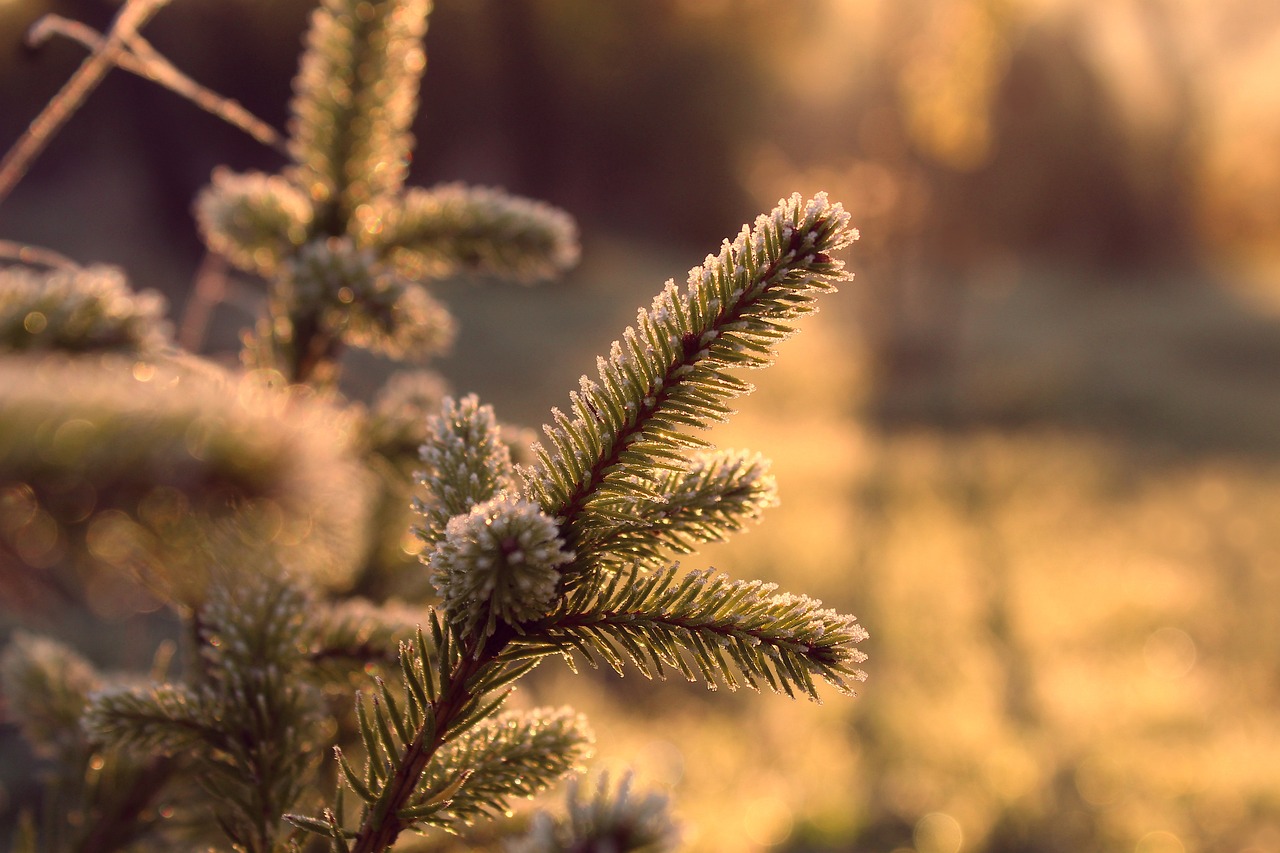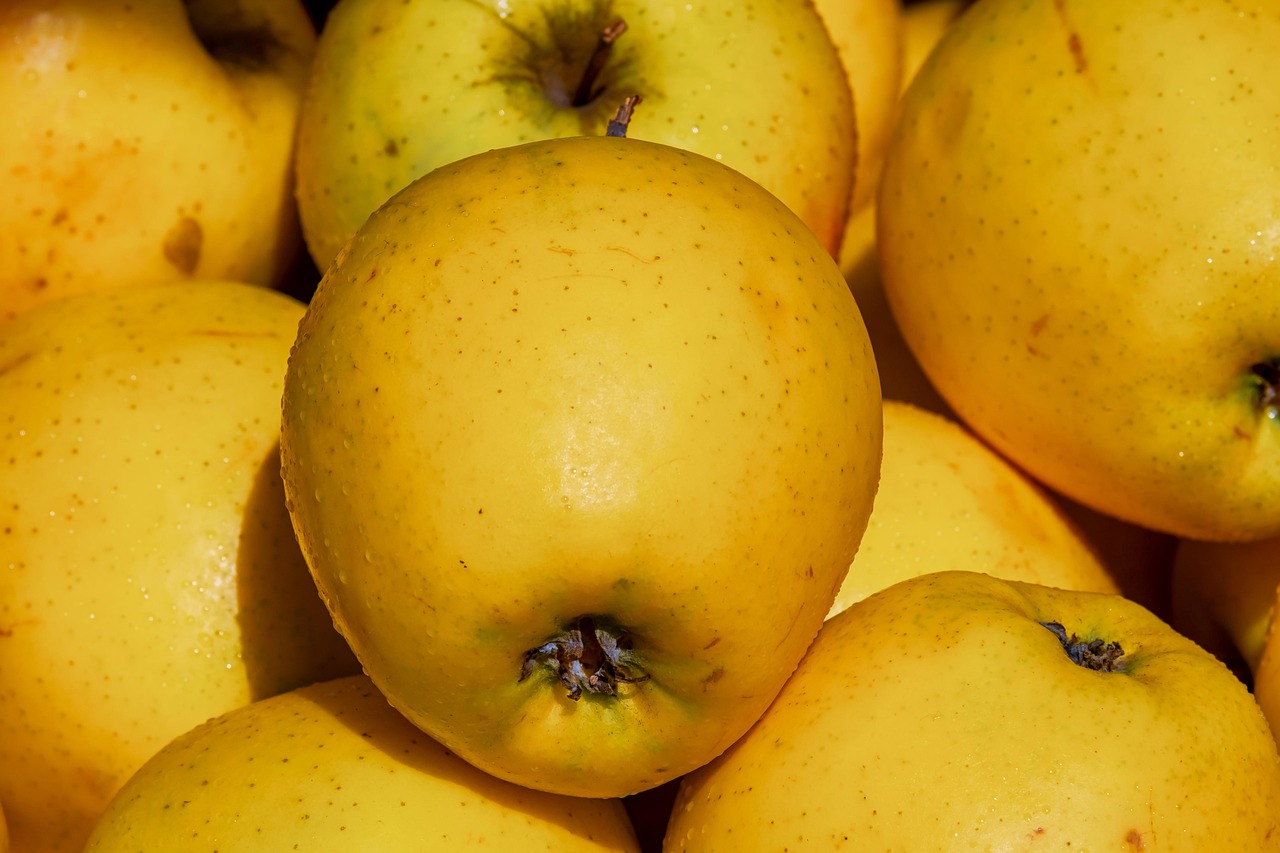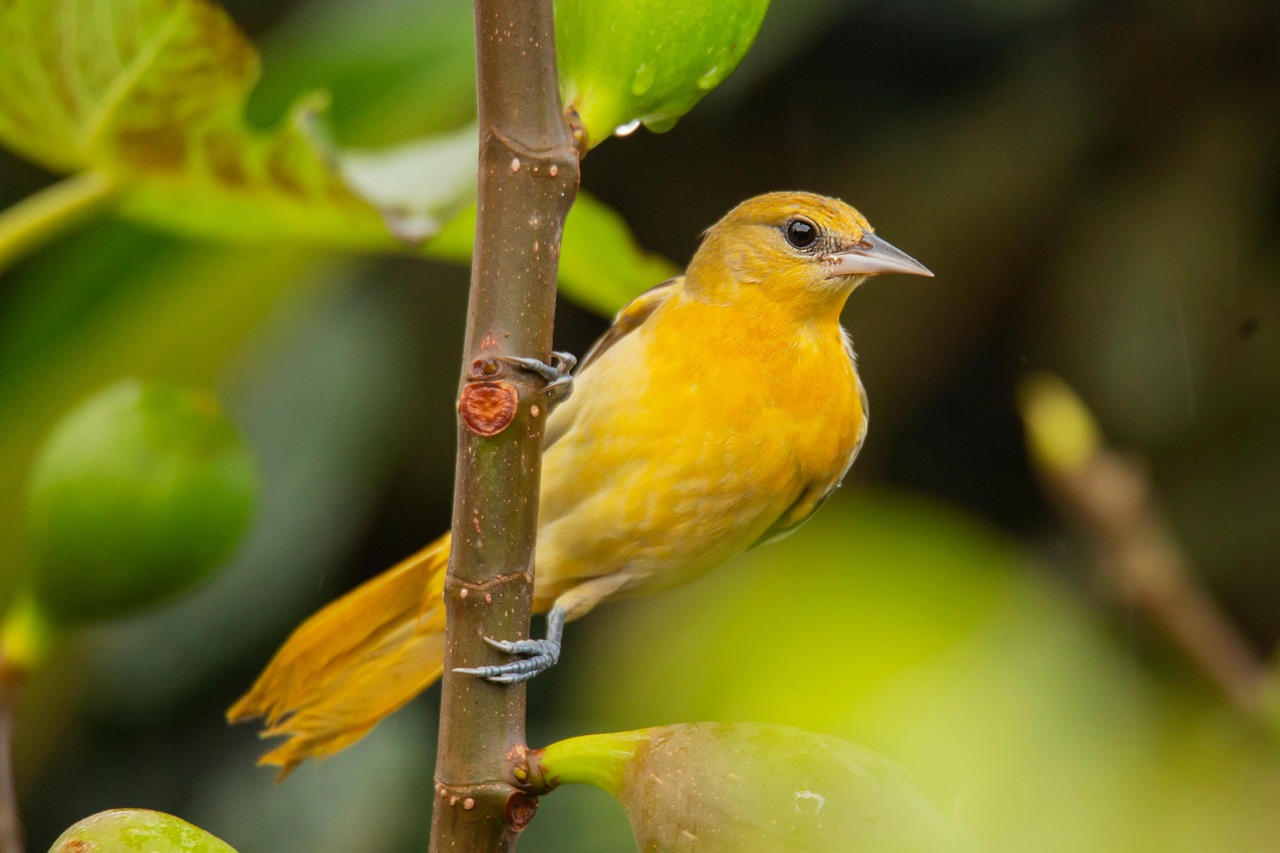The Allure of Golden Korean Firs: A Must-Have for Tree Enthusiasts
The Golden Korean Fir is a stunning tree that captivates many tree enthusiasts with its unique golden foliage and striking appearance. This variety of fir offers not only beauty but also a range of ecological benefits, making it a desirable addition to gardens and landscapes alike.
Native to the mountainous regions of Korea, the Golden Korean Fir (Abies koreana ‘Aurea’) is celebrated for its vibrant yellow-gold needles that stand out against the traditional dark green of other firs. This tree typically grows slowly, reaching heights of 15 to 30 feet (4.5 to 9 meters) over several decades. Its compact, conical shape makes it an ideal choice for smaller gardens or as a focal point in larger landscapes.

Golden Korean Firs thrive in well-drained soil and prefer locations with partial shade, although they can tolerate full sun. Their resilience and adaptability contribute to their popularity among gardeners and landscapers. Additionally, these trees produce attractive cones that add to their charm and visual interest throughout the seasons.
Tree enthusiasts often appreciate the Golden Korean Fir for its unique characteristics. Below are some key features that make this tree a must-have:
| Feature | Description |
|---|---|
| Foliage Color | Vibrant yellow-gold needles that brighten gardens. |
| Growth Rate | Slow-growing, adding approximately 6 to 12 inches annually. |
| Height | Typically reaches between 15 to 30 feet. |
| Soil Preference | Well-drained soil is ideal, with a preference for slightly acidic conditions. |
| Sun Exposure | Thrives in partial shade but can tolerate full sun. |
Beyond their aesthetic appeal, Golden Korean Firs also offer ecological benefits. They provide shelter and food for various wildlife species, including birds and insects. This makes them an excellent choice for those looking to promote biodiversity within their gardens.
Furthermore, the tree’s ability to adapt to different environmental conditions contributes to its resilience against pests and diseases. This characteristic makes the Golden Korean Fir a low-maintenance option for both amateur and seasoned gardeners.
As more people become aware of the environmental impacts of their gardening choices, the Golden Korean Fir stands out as a sustainable option. By selecting this tree for landscaping projects, tree enthusiasts can make a positive contribution to their local ecosystems while enjoying the beauty it adds to their surroundings.
In summary, the allure of the Golden Korean Fir lies not only in its stunning appearance but also in its many benefits to gardeners and the environment. With its unique features and adaptability, this tree truly deserves a place in gardens across the globe.
Cultivating Golden Korean Firs
Growing Golden Korean Firs can be a rewarding experience for gardening enthusiasts. These trees require specific care to thrive in various environments. Understanding their growth requirements is essential for ensuring healthy development and vibrant foliage.
Ideal Growing Conditions
Golden Korean Firs flourish best under certain environmental conditions. Here are some key factors to consider:
- Climate: These trees prefer temperate climates with moderate rainfall. They thrive in USDA hardiness zones 5 to 7.
- Soil Type: Well-draining, acidic to neutral soil is essential. Amending the soil with organic matter can improve drainage and nutrient content.
- Sunlight: While they tolerate full sun, partial shade is ideal for preserving their vibrant needle color.
By providing these optimal conditions, gardeners can encourage robust growth and stunning visual appeal in their Golden Korean Firs.
Planting Techniques
When planting Golden Korean Firs, proper techniques can significantly impact their establishment and growth. Here are some steps to follow:
- Selecting the Right Location: Choose a spot with enough space for the tree to grow. Consider proximity to other plants and structures.
- Preparing the Soil: Test the soil pH to ensure it is suitable for firs. Amend the soil as needed to achieve the desired acidity.
- Digging the Hole: Create a hole that is twice as wide as the root ball and equal in depth, allowing roots to spread easily.
- Planting the Tree: Place the tree in the center of the hole, ensuring that the root flare is at ground level. Backfill gently with soil.
- Watering: Water thoroughly after planting to eliminate air pockets and help the tree settle into its new environment.
Watering and Fertilization
Caring for Golden Korean Firs includes regular watering and proper fertilization practices. Below are some guidelines:
- Watering Frequency: Young trees require more frequent watering, especially during dry spells. Established trees are more drought-tolerant but should still receive adequate moisture.
- Fertilization Schedule: Apply a balanced, slow-release fertilizer in early spring to promote healthy growth during the growing season.
- Mulching: Adding a layer of mulch around the base can help retain moisture, suppress weeds, and regulate soil temperature.
Pest and Disease Management

The Golden Korean Fir is generally resistant to many pests and diseases. However, some issues may arise. Understanding common threats can help maintain tree health:
- Aphids: These small insects can cluster on new growth. A strong spray of water can help dislodge them, or insecticidal soap can be applied if necessary.
- Scale Insects: Look for sticky residue or yellowing needles. Treat infestations with horticultural oil or neem oil.
- Root Rot: Poor drainage can lead to this fungal disease. Ensure that the planting site has good drainage and avoid overwatering.
Seasonal Care Tips

Caring for Golden Korean Firs throughout the year involves specific seasonal practices. Here are some recommendations:
- Spring: Apply fertilizer as new growth begins. Inspect for pests and remove any dead or damaged branches.
- Summer: Monitor soil moisture levels, especially during dry spells. Regularly check for signs of stress or pest issues.
- Fall: Prepare the tree for winter by mulching and ensuring adequate watering before the ground freezes.
- Winter: Protect young trees from heavy snow or ice accumulation by gently shaking off excess weight if necessary.
By following these cultivation practices, gardeners can enjoy the beauty and benefits of Golden Korean Firs in their landscapes for many years to come.

Designing with Golden Korean Firs
Integrating Golden Korean Firs into landscape designs can enhance the beauty and structure of gardens. Their unique golden foliage and conical shape make them versatile for various planting schemes. Understanding how to effectively use these trees in design can elevate any outdoor space.
Creating Focal Points
Golden Korean Firs can serve as stunning focal points in both residential and public gardens. Here are a few ideas for utilizing them as centerpieces:
- Single Specimen Planting: Plant a solitary Golden Korean Fir in a prominent location, such as near an entryway or in the center of a circular garden bed, to draw attention.
- Group Planting: Cluster several trees together for a more dramatic effect. Vary their heights to create visual interest and depth.
- Framing Views: Use these trees to frame important views, such as a garden pathway or a picturesque landscape, guiding the eye toward the focal point.
Enhancing Garden Themes
The unique characteristics of Golden Korean Firs can complement various garden themes. Some ideas include:
- Asian-Inspired Gardens: The Golden Korean Fir’s origin in Korea makes it a perfect fit for Asian-themed landscapes. Pair it with bamboo, Japanese maples, or ornamental grasses.
- Formal Gardens: Use these trees in symmetrical designs or as part of hedges to create a structured, elegant appearance.
- Wildlife Gardens: Incorporate Golden Korean Firs into gardens designed to attract wildlife. Their cones attract birds, while their dense foliage provides shelter.
Seasonal Aesthetics
The aesthetic appeal of Golden Korean Firs changes with the seasons, offering year-round interest in the landscape. Understanding these seasonal transformations can help gardeners plan for visual variety throughout the year.
Spring Awakening
In spring, the vibrant yellow-gold needles emerge, creating a striking contrast against the backdrop of early blooms. This is an excellent time to:
- Highlight New Growth: Pair with early flowering plants like daffodils and tulips to enhance the brilliance of new foliage.
- Create Layered Plantings: Use lower-growing shrubs or perennials in front of the firs to add depth and color to the spring landscape.
Summer Vibrance
During summer, the Golden Korean Fir continues to thrive, providing shade and cooling effects. Gardeners can:
- Utilize Sunlight: Position the trees to provide filtered sunlight for shade-loving plants underneath, creating a micro-ecosystem.
- Add Colorful Companions: Combine with vibrant annuals and perennials that bloom throughout the summer for a colorful display.
Autumn Transformation
As autumn approaches, the foliage may shift slightly, enhancing its golden hue against the backdrop of fall colors. Consider these strategies:
- Contrast with Fall Foliage: Plant deciduous trees or shrubs with brilliant red or orange leaves nearby to create a stunning contrast.
- Add Texture: Incorporate ornamental grasses that sway gently in the breeze for added movement and texture during this season.
Winter Presence
Even in winter, Golden Korean Firs stand out with their conical shape and evergreen needles. They can be utilized in several ways:
- Create Winter Interest: Use them as focal points in winter landscapes, especially when surrounded by snow.
- Enhance Holiday Decor: Decorate them with lights or ornaments during the holiday season to create a festive atmosphere.
Common Uses in Landscaping
The versatility of Golden Korean Firs allows for various uses in landscaping projects. Here are some common applications:
- Windbreaks: Planting rows of Golden Korean Firs can create effective windbreaks that protect gardens from harsh winds.
- Privacy Screens: Their dense growth habit makes them ideal for creating visual barriers between properties.
- Pollinator-Friendly Spaces: Incorporating these trees within pollinator gardens can attract beneficial insects and birds.
By creatively integrating Golden Korean Firs into landscape designs, gardeners can enjoy the numerous aesthetic and ecological benefits this unique tree brings throughout the year.
Potential Challenges and Solutions
While Golden Korean Firs offer numerous benefits, they are not without challenges. Being aware of potential issues can help gardeners address them proactively. Here are some common challenges and corresponding solutions:
- Pest Management: As previously mentioned, pests such as aphids and scale insects can affect the health of Golden Korean Firs. Regular inspections and early intervention with organic pesticides can prevent infestations from becoming severe.
- Soil Drainage: Poorly drained soil can lead to root rot. To combat this, ensure proper site selection and consider planting in raised beds if drainage is a persistent issue.
- Climate Adaptation: While these trees thrive in temperate climates, extreme weather conditions can pose challenges. Providing adequate mulch in winter can protect roots from freezing temperatures.
By being prepared for these challenges, gardeners can ensure the longevity and vitality of their Golden Korean Firs.
Environmental Benefits
Beyond their aesthetic appeal, Golden Korean Firs contribute positively to the environment in several ways:
- Carbon Sequestration: Like all trees, Golden Korean Firs absorb carbon dioxide, helping mitigate climate change by reducing greenhouse gases in the atmosphere.
- Habitat Creation: These trees provide shelter and food for various wildlife, including birds, small mammals, and beneficial insects, supporting local ecosystems.
- Erosion Control: The roots of Golden Korean Firs help stabilize soil and prevent erosion on slopes, making them valuable in landscaping projects on uneven terrain.
Final Thoughts
The Golden Korean Fir is a remarkable tree that combines beauty, adaptability, and ecological benefits. Its stunning golden foliage, unique growth habit, and versatile applications make it an excellent choice for both novice and experienced gardeners. By cultivating these trees thoughtfully, enthusiasts can create vibrant landscapes that not only enhance their surroundings but also contribute positively to the environment.
Whether used as a focal point in a garden design or as part of a larger landscape project, the Golden Korean Fir stands out as a must-have for tree enthusiasts. Its ability to thrive in various conditions, coupled with its low-maintenance requirements, makes it an accessible choice for many gardening styles. As awareness of sustainable gardening practices grows, incorporating trees like the Golden Korean Fir into landscapes becomes increasingly significant.
Ultimately, the allure of the Golden Korean Fir lies not just in its striking appearance but also in its role as a contributor to biodiversity and environmental health. As more people embrace these trees, they will undoubtedly leave a lasting legacy in gardens around the world.
